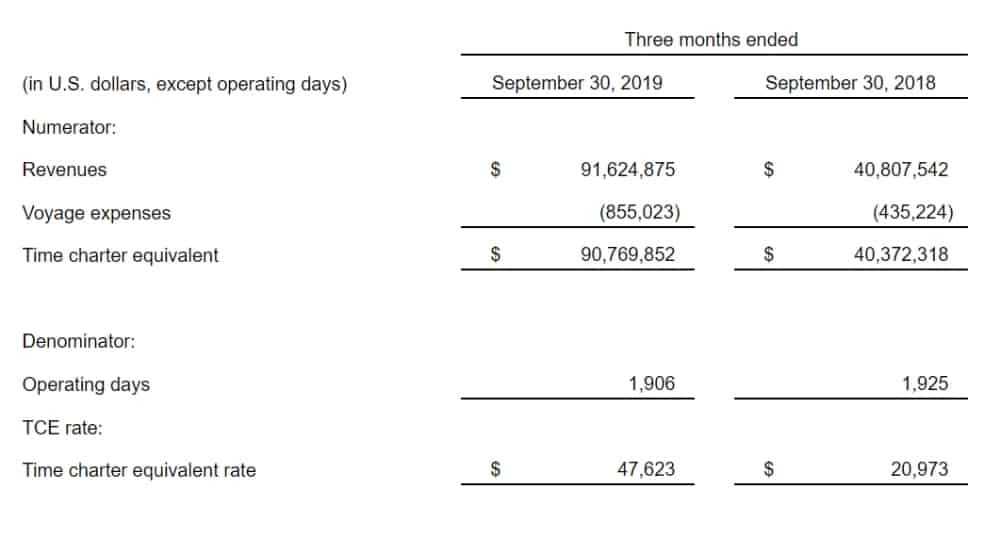It’s hard to deploy trade barriers against highly fungible commodities; they simply reflow like a brook around a stone. Consider propane. China needs a lot of it, both for heating and for its propane dehydrogenation (PDH) plants as a feedstock for propylene, which is used to manufacture plastics.
China slapped a 25% retaliatory tariff on U.S. liquefied petroleum gas (LPG), including propane, in mid-2018. You might think U.S LPG exports would have suffered. They haven’t – they’re growing rapidly.
The large majority of the world’s LPG is exported from either the U.S. or the Middle East. All the Chinese tariffs have done is redirect the flows.
Most of China’s LPG now comes from the Middle East. U.S. cargoes go primarily to Japan and Korea via the Panama Canal – and those volumes are increasing because China’s LPG buys in the Middle East leave less supply from that source for Japan and Korea. If Chinese tariffs were curbing U.S. exports, Panama Canal transits would decrease, but LPG volumes transiting the waterway rose 8% in the fiscal year that ended Sept. 30.
The long-haul LPG routes are served by vessels called very large gas carriers (VLGCs), which have a capacity of 84,000 cubic meters each. The largest U.S.-listed owner of VLGCs – with a fleet of 21 owned ships plus one chartered-in – is Dorian LPG (NYSE: LPG). On Oct. 31, Dorian reported net income of $40.7 million for the second quarter of its fiscal year compared with a loss of $8.2 million in the same period last year. Adjusted earnings in the most recent period were $0.75 per share, well above the consensus forecast of $0.59.
VLGC spot rates are currently averaging the equivalent of around $60,000 per day, higher than they usually are at this time of year. The winter months typically herald lower VLGC spot rates. Buyers of LPG generally bring in cargoes for the winter ahead of time, while higher winter propane commodity pricing in Asia makes it more attractive to import naphtha as an alternate feedstock for propylene production.
During the conference call with analysts on Oct. 31, Dorian CEO John Hadjipateras highlighted the unusually strong spot rates for LPG (which are measured in dollars per ton, not dollars per day).
“On this date last year, the Baltic rate [for LPG spot shipping] was $41 a ton and the year before it was $30,” said Hadjipateras. “Today, the Baltic is above $70. The market appears to have reached a degree of stability, having traded above $50 a ton since April of this year. And just this quarter, the Baltic struck its highest level since 2015, at $81 a couple of weeks ago.”
Dorian President John Lycouris highlighted the broader market positives. “Seaborne LPG has grown 15% year to date over 2018, while U.S. export volumes in recent months have for the first time ever taken the global supply lead over Middle East exports. This might be a direct result of the attacks last month in Saudi Arabia, which affected lifting volumes in September and October.”
He continued, “U.S. LPG supply has grown by 4.8 million tons year-over-year and the rest of the world supply has kept pace, growing 4.4 million tons year-over-year.”
Lycouris added, “During the third quarter, we saw 187 VLGC liftings out of the U.S. – about six monthly cargoes on average more than last year – and we expect an increased number of liftings in the fourth quarter and next year on account of expanding U.S. export capacity.”
On the demand front, he pointed to two new PDH units recently opened in China and facilities in South Korea that have operations with increased propane feedstock intake capacity. More FreightWaves/American Shipper articles by Greg Miller









